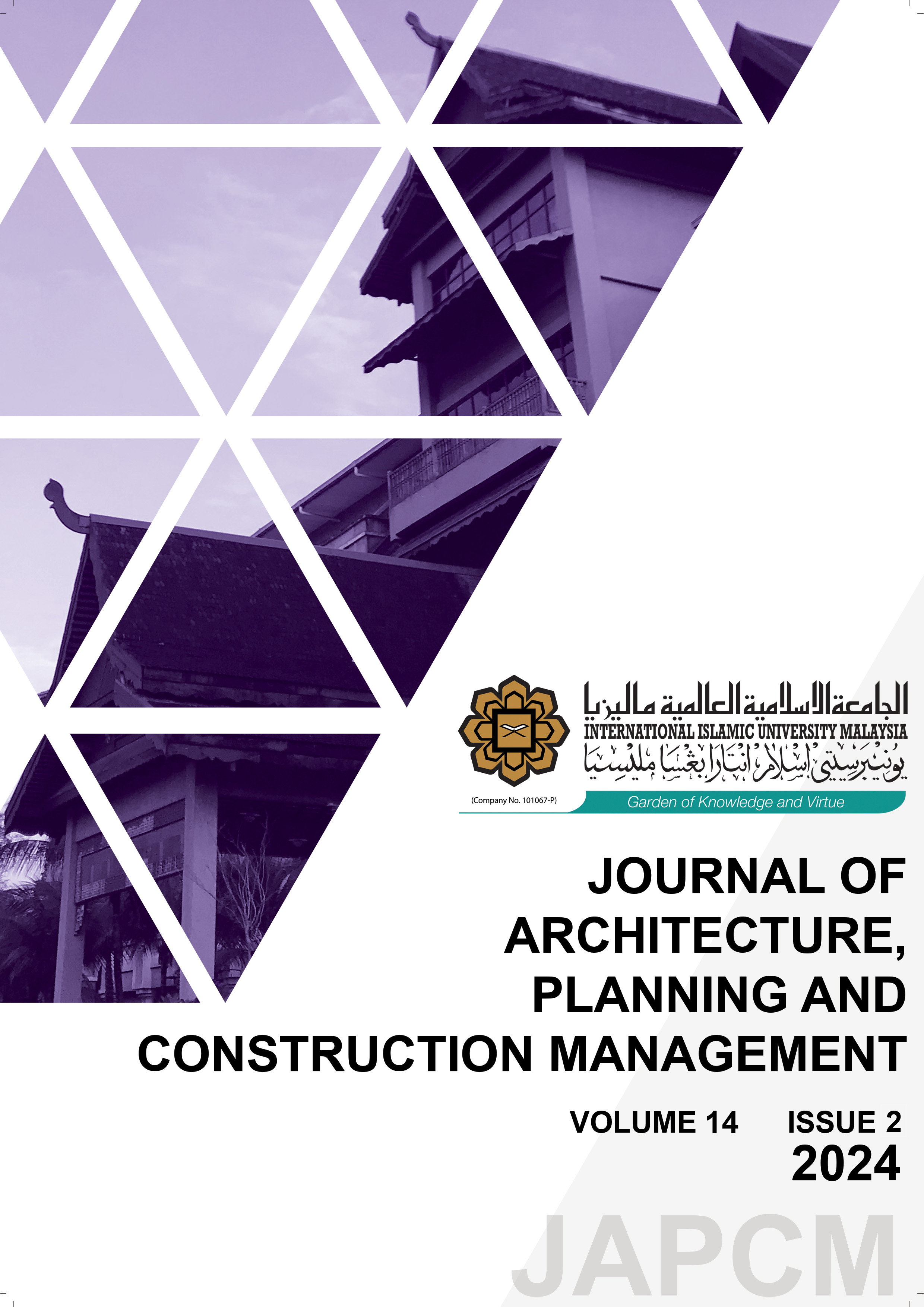THE BEST HEALTHY SPATIAL DESIGN REQUIREMENTS FOR PRESCHOOL CHILDREN IN CHINA
DOI:
https://doi.org/10.31436/japcm.v14i2.911Abstract
In China, preschool education is the initial educational Environment for children. Early childhood education focuses on six key aspects of children's development: religious and moral values, physical activity, cognitive skills, social skills, language skills, and creativity. Therefore, many researchers believe that one way to nurture these six areas is to create an atmosphere that meets children's requirements, such as providing comfort, safety, and stimulation. Nevertheless, the state of many Preschool children needs more joyful school hood in China nowadays. This situation has resulted in the deterioration of the children's well-being and development. This study conducted a systematic literature review synthesis process to evaluate the trend, identify the gaps, and recommend the best healthy spatial design requirements for preschool children in China. This study covers current healthy spatial design requirements for children regarding kinesthetic learning, preschool children’s healthy spatial design activities applications such as cultural games, and successful design requirements for preschool children’s healthy development in China. This study conjectures that when cultural game spaces are designed to strengthen preschoolers' kinesthetic learning in an educational environment, it could strengthen preschoolers' happiness, fun, and enjoyment. The findings would benefit policymakers and stakeholders in designing a fun, positive, and cultural engagement Environment for preschool children's thorough physical activity space criteria that can improve the overall well-being of preschool children.









